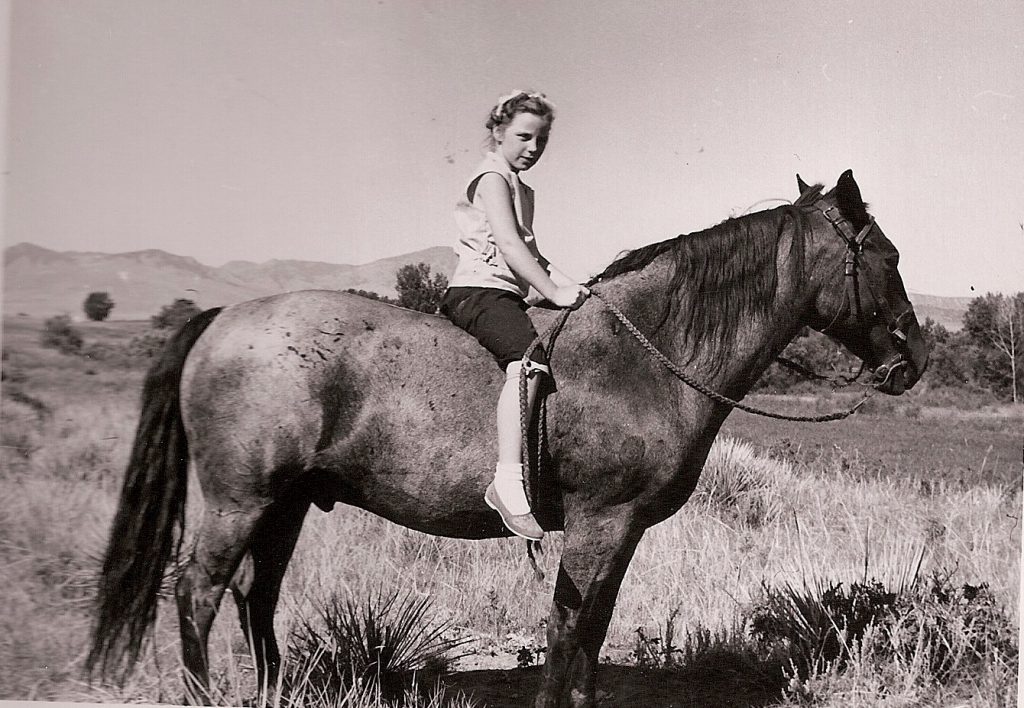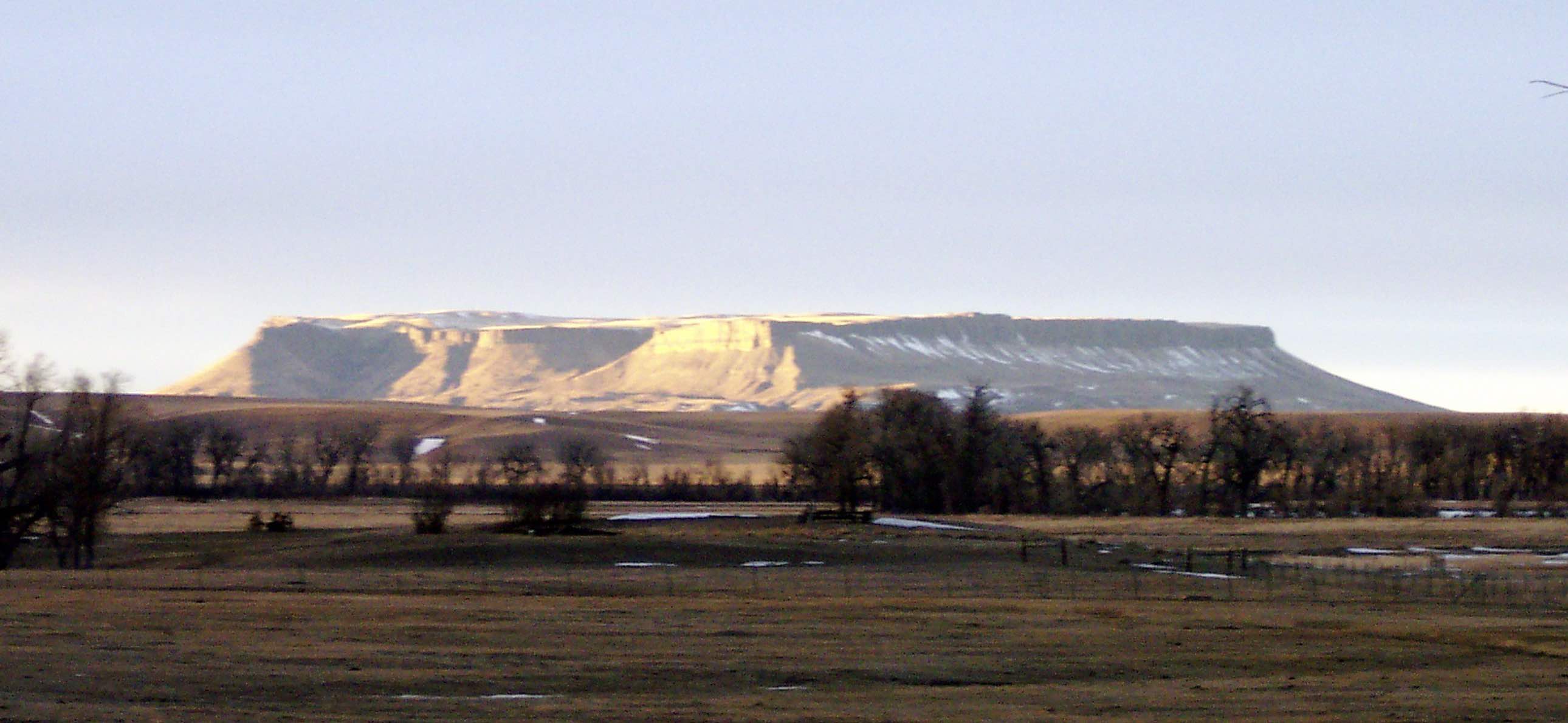
Part I of VI, The Stitch of Time
Once upon a time, a “blue” horse carried me wherever I needed to go on the land that Bird Creek threads as it loops and bends a seam toward the Missouri River.
At a time when the seasons felt seamless, we ventured across hayfields turning green in the spring. Through summer’s tall grass and past thickets of wild roses with meadowlarks warbling to a blue sky. Under giant cottonwoods reaching for the sky with fall’s gold-ladened boughs, and through snow that masked a landscape formed by piecing the fabrics of land use needed to survive.
In an era when girls couldn’t wear pants to school, jeans, softened by wear and washing, were my go-to garb outside the classroom. Memories hung to the sturdy fabric that endured sliding off Blue to battle a barbed wire gate or splashing into the Creek and colliding with a beaver at work.
Today, the open, wear-point on my current favorite jeans has developed into a gaping hole with a fringe of broken white threads that frame an exposed knee. The fabric has worn thin with blue threads of color giving way to the intertwined white warp threads now defining the garment, but still reminding me of jeans and stitches past.
The time has arrived for a decision about my ten-year old favorites. Should I add patches, following the folk advice that “a stitch in time saves nine,” or allow the garment to move to a pile for recycling and maybe be lost in time.
Stitching lies at the heart of the work, whether it is a seamstress, a surgeon, a bookbinder, or a quilter. The world describes the action of moving a threaded needle through a “fabric” to attach it to another. The loop of thread left in the material holds, preserves, and creates.
However, much is lost in that narrowed understanding of an old word first used in what some call “The Dark Ages.” The ancestor of our word stitch lies in the Teutonic word stik which first appeared in an Old English manuscript written in 897. In that context, the word meant “to pierce, puncture, or stab.”
That meaning rather ironically describes this violent period after the fall of Rome. It was a time marked by wars and widespread tribal migrations, political and religious unrest, and the loss of information and knowledge. The Catholic Church struggled to survive, while both the Byzantine Empire and Charlamagne’s empire disintegrated. The extent of the unrest shows in how Italian king, in January 897, tried to sew together his holdings by ordering Pope Steven VI to exhume the cadaver of the former pope and put him on trial. The body was found guilty, stripped of garments, its fingers that had blessed chopped off, the body reburied, exhumed again, and then thrown into the Tiber River. By the end of the year, four popes had reigned and died mysteriously. However, the stitchwork was still not done.
Life was not much better in England. Since the 700’s, Vikings had raided and traded across northern and eastern England forming permanent settlements under Danelaw as far south as London. In 897, an English ruler named Alfred, met and destroyed a fleet of longships, stopping the Viking control.
The lives of the unknown people in these two past eras of history not only have colored our word stitch but have themselves become part of the fabric sewn into our history. And so, that common word carries a heavy load when we use it.
A fall walk along the stretch of Bird Creek is not complete without the geese calling and answering as they fly overhead above the yellows and browns of fall, stitching as they travel a cloudlessly immense sky with a “V” flight pattern.
And, then there are the fingerlike tracks of a racoon walking through the exposed sand left eons ago on the land through which Bird Creek runs. Feather-stitched tracks that last until a whiff of wind erases them.
But even more lies within, and a simple stitch can become far more than what it appears to be.
(Six-part excerpt from “Stitching a Crazy Quilt”, in Crossing Bird Creek, a collection of essays by E.L. Kittredge)

Comments are closed, but trackbacks and pingbacks are open.